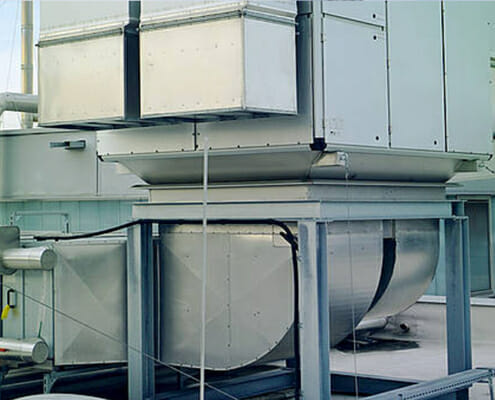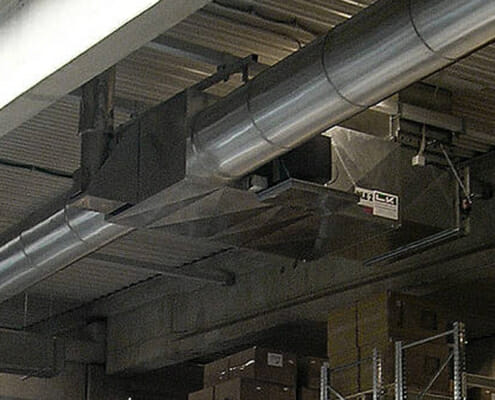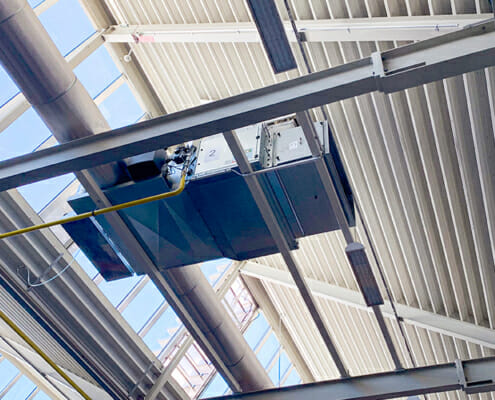Tag Archive for: air conditioning

The time is ripe for hybrid hall heating systems!
The Climate Protection Act has been in force since August 2021.
The German government has tightened climate protection targets and enshrined the goal of greenhouse…

Three different temperature ranges for sensitive goods
Euphoniums, cajons and agogos - all these wonderful musical instruments can be found in Treppendorf in the Steigerwald in the 7,700 square meter logistics halls…

Regulate 32,000 sqm to constant 18 °C hall temperature
The RBW decentralized warm air generators from LK Metall are an efficient and climate-friendly heating solution for large production halls.
In order to heat the…
